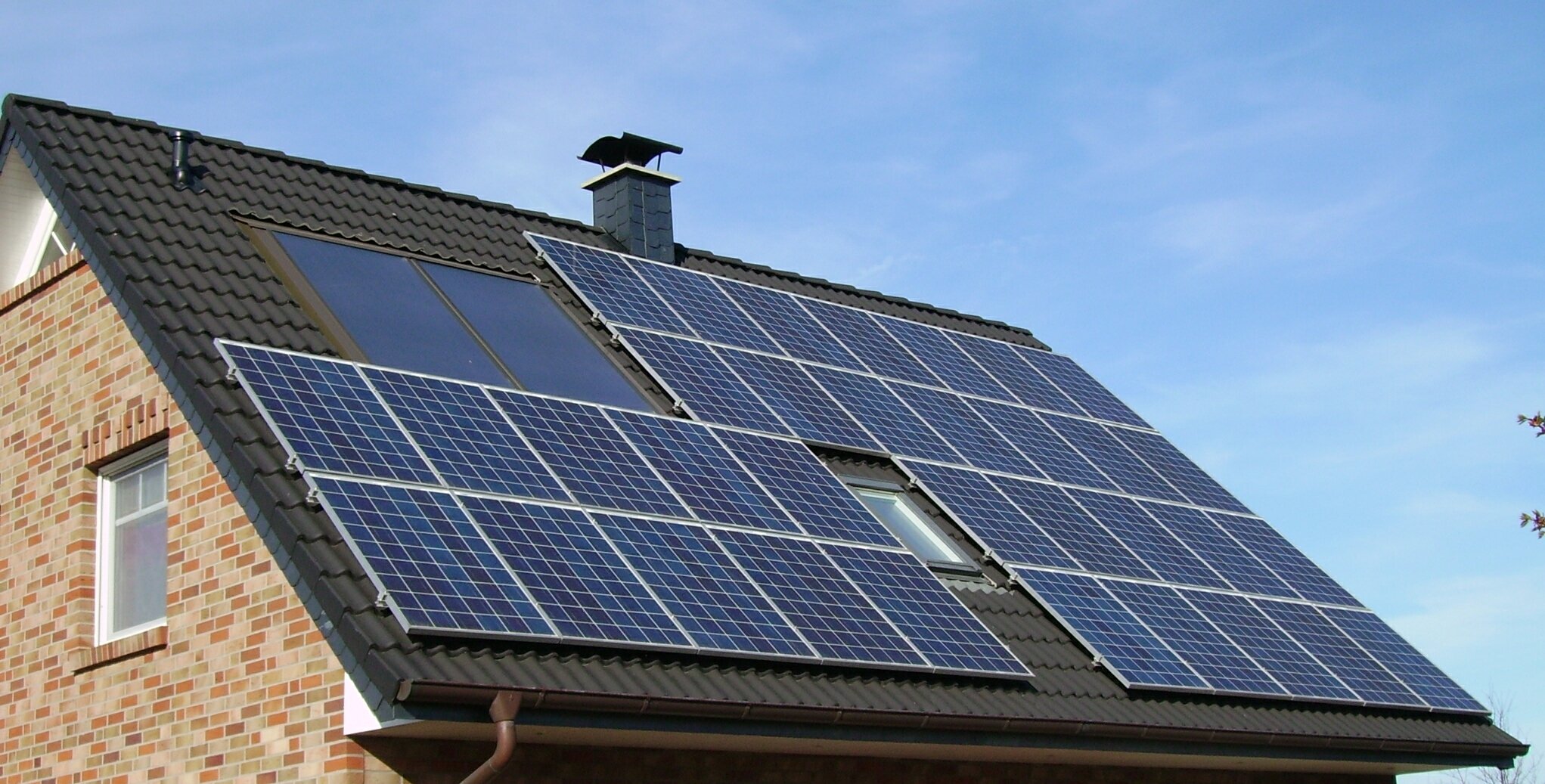Easy Energy Efficiency Upgrades
How would you like to save handfuls of money with minimal effort? And how would you feel if these actions made your home more comfortable, and were good for the environment?
You can do just that by taking these simple, cost-effective steps to quickly improve the energy efficiency of your home:
Use CFLs. Replace your incandescent light bulbs (the cheap ones you probably got at the grocery store) with compact fluorescent light bulbs (CFLs). You will save more than $108 over three years when you replace your four most used 100-watt incandescent bulbs with four comparable 23-watt CFLs — and that’s not taking any recent increases in the price of electricity into account. Plus you won’t have to change them out for years because they last about 10 times longer.
More on energy-efficient lighting.
Maintain Your Air Conditioner’s Filter. Clean or replace your air conditioner’s filter monthly. The average American family spends more than $200 a year cooling their home. Dirty filters block normal airflow and significantly reduce the efficiency of the system, which wastes your money.
Plug those Leaks. Air leaks are the greatest energy waster in the home. The amount of energy that slips through poorly insulated windows and doors in American homes is roughly equal to the amount of energy that we get from the Alaska pipeline. Installing weatherstripping and caulking leaks will stop those expensive drafts and improve comfort. Added bonus: caulking and weatherstripping is cheap and almost anyone can do it.
Find out how to caulk and weatherstrip.
Install Low-Flow Fixtures. Install low-flow showerheads and faucet aerators to save resources without sacrificing water pressure. An efficient showerhead will save a family of four about 27 cents a day on water and 51 cents a day on electricity, which adds up to $285 per year. Installing them couldn’t be easier: they just screw on.
Program Your Thermostats. You could save 10% on your heating and cooling costs just by setting your thermostat back when you’re not home and while you’re sleeping. Program your thermostat to 78 degrees F or higher in the summer and 62 degrees F or lower in the winter. If you tell it to return to your preferred temperature before you return home, you won’t ever know the temperature changed, until you look at the reduction in your energy bills.
More information on programmable thermostats.
Optimize Your Water Heater. If you don’t have one installed already, put an insulative jacket around your hot water heater, and insulate the pipes around the water heater. Insulative jackets cost between $10 and $20.
Also, many people have the temperature on their heaters set too high. Turning it down to 120 degrees will not only save you money, but prevent children from scalding.
- Although most water heaters last 10-15 years, it’s best to start shopping for a new one if yours is more than 7 years old. Doing some research before your heater fails will enable you to select one that most appropriately meets your needs.
Request a Blower Door Test. A blower door test will uncover the holes and cracks that are the main source of energy loss in your home. For example an open fireplace damper can let 8% of your heating costs slip out the chimney. Many utilities provide this service free of charge. If your local utility doesn’t, it still would be worth the fee to hire an expert Home Energy Rater (HERS) to perform the test. You’ll probably recoup the cost from increased energy savings within two years and you’ll feel the improvement in comfort immediately.
Plant a Tree. Properly placed trees and shrubs act as wind breaks. Annual heating and cooling costs can be reduced by 25%.
Tips on windbreaks and landscaping for energy efficiency.
Buy ENERGY STAR ®. When replacing your appliances, select ENERGY STAR qualified products. When replacing your water heater, furnace, or air conditioner, you should also select ENERGY STAR qualified products. You will save 10-30% on the operating costs vs. non-ENERGY STAR equivalents. Find out exactly how much you save.
More Resources
- U.S. Department of Energy’s Home Energy Savers
- ENERGY STAR’s Home Improvement
- EEBA’s Home Energy Checklist
Relevant Tips of the Month
- Energy Efficient Remodeling
- Insulate Insulate Insulate
- Save Money and Energy with ENERGY STAR
- Energy and Water Saving Landscaping
- Financing Energy Efficiency
Courtesy of PATH
www.pathnet.org/homeowners






